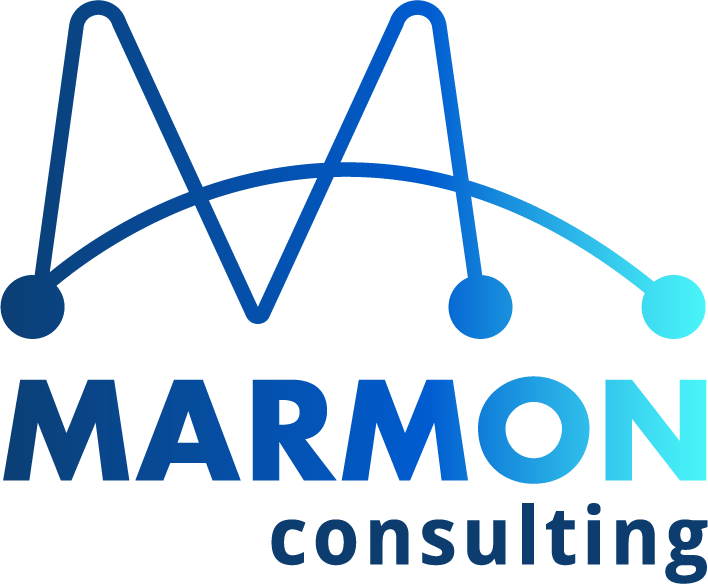

Pam Marmon
3 Ways to Grow Your Company Without Jeopardizing Your Culture
“We were growing fast and compromised on our hiring process. The ripple effect of that circumstance has lingered with us for years after the misfit people left,” said an executive as he reflected on the cost growth has had on his organization.
Sounds familiar? If you have been in business for some time, you can probably relate to the tension between the need to hire skilled people and the concern for culture fit.
Your organizational culture will change as your company grows. Anticipate the transformation and guide the process. It begins with living out your company values. Hiring the right person to fit your organizational culture is difficult. Repairing your culture after damaging behaviors have permeated your business is arduous. Unlike strategy, which can change quickly, culture is deeply imbedded into an organization.
What if your growth strategy is your culture?
Culture plays an important role in addressing two problems that companies face:
- How do we exercise control while delegate decision-making authority?
- How do we ensure consistent behavior among employees over time?
It is better to build a great company, not just a big one. If you want to protect your company’s culture as it grows, prioritize people, processes, and organizational agility to safeguard the essence of your organization and position it for success.
- Well-defined values
Culture is a set of values that leaders use to shape how people think and act, or simply put, it’s how we do things around here. Culture is your company’s only everything. It defines who we are, how we behave, why we exist, and how we are different. Culture shapes our outcomes and it is often a reflection of the leadership.
Organizations that prioritize value-driven decisions stay more consistent to the company mission. These values are communicated often at various levels within the organization. Companies with strong culture values empower team members to hold each other accountable for living out the organizational values. And when there is tension, the difficult conversations surface to unearth uncomfortable discussions and realign the individuals under a common standard. Values provide a safety net for people.
As Edgar Schein, an expert on organizational culture, points out, “leadership and culture are two sides of the same coin.”
How are your organizational core values integrated into how decisions are made within your company?
2. Rigid hiring standards
To hire people who will fit well within your culture, focus on your organizational values. Growing companies are often stretched between the time and expertise needed to hire well, and the pressure to find individuals to complete the work.
To protect your organizational culture as you scale, create a rigid hiring standards that guide the interview process and ensure consistency. Attracting talent can be costly. To ensure resources are well stewarded, eliminate unqualified candidates as early in the process as possible.
If an interview process is too easy, skilled candidates will perceive that your organization is desperate to hire. While this may be true, desperation can lead to hiring shortcuts with long-term culture damage.
By establishing value-driven processes around hiring, promoting, and firing, your organization is reinforcing a strong cultural DNA as a foundation.
What is the health of your attracting, recruiting, and retaining talent practices?
3. Agile organizational infrastructure
Organizational agility is the ability to effectively adapt to changes in the business eco-system. It is important to culture, because surprisingly, organizations with strong corporate cultures typically do not adapt to change well. This is because the culture is well established and ingrained, causing shifts in the marketplace to be at tension with the speed of adoption.
Establish infrastructure processes to guide growth in a calculate manner, with limited opportunity to derail your culture standards. In practice, it is challenging to balance agility and mature procedures that preclude continuous process improvements to cost-saving opportunities. Leaders are challenged to intentionally design organizations to operate fluidly under defined standards.
The characteristics of organizational culture shape a host of organizational decisions, specifically around these categories:
- Innovation and risk taking – The degree to which employees are encouraged to be innovative and take risks
- Attention to detail – The degree to which employees are expected to exhibit precision, analysis and attention to detail
- Outcome orientation – The degree to which management focuses on outcomes rather than processes used to achieve them.
- People orientation – The degree to which management decisions take into consideration the effect of outcomes on people within the organization
- Team orientation – The degree to which work activities are organized around teams rather than individuals
- Aggressiveness– The degree to which people are aggressive and competitive rather than easygoing
- Stability– The degree to which organizational activities emphasize maintaining the status quo in contrast to growth
Growing organizations understand that balancing agility within their infrastructure helps maintain momentum and prevents the possibility of becoming obsolete in the market place.
What is the health of your internal operational infrastructure? What processes need to be shaped and adapted to support the growth of your business?
Resources:
Note on Organizational Culture by Professor Jesper Sorensen, Stanford Graduate School of Business
Essentials of Organizational Behavior, 14/e by Stephen Robbins and Timothy Judge
